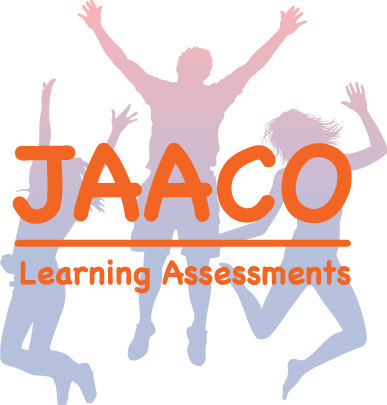Teacher-based Screening for SLD Dyslexia
Dyslexia is a language-based disorder of learning to read and write.
Its primary symptoms are inaccurate and/or slow printed word recognition and poor spelling. The Ministry of Education’s definition of dyslexia characterises students with dyslexia as students who have continue to have difficulty with reading and spelling in spite of teaching and support that would have helped most other students.
A dyslexic reader will often find reading in context easier than word reading, accessing information aurally easier than by reading and oral communication easier than written communication.
Referral for assessment
Prior to a referral for a formal assessment, make a quick evidence-based decision as to whether a referral is warranted. There are dyslexia-screening tools available (Dyslexia Screener NZCER, Dyslexia Screening Test Pearson, Lucid), however an informal judgement can be made based on commonly used classroom tests and observations.
Suggested assessments
| Skill | Suggested Tests | Analyse |
|---|---|---|
| Contextual reading | PROBE Informal Prose Neale PAT Reading Comp (Allow student to become familiar with text before they start reading aloud) |
Reading accuracy Fluency of reading Comprehension At what age level do they achieve 97% accuracy and 70% comprehension? |
| Word recognition | Burt Holburn Reading Scale |
Accuracy Decoding strategies |
| Listening Comprehension | PROBE informal Prose Neale PAT Listening Comp |
Comprehension – at what age level do they achieve 70% comprehension? |
| Spelling | BURT Spelling South Australian Schonell |
Obtain an age equivalence What type of errors do they make? Are the errors phonetic / readable? |
